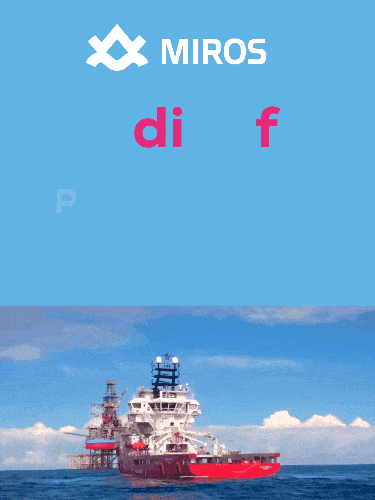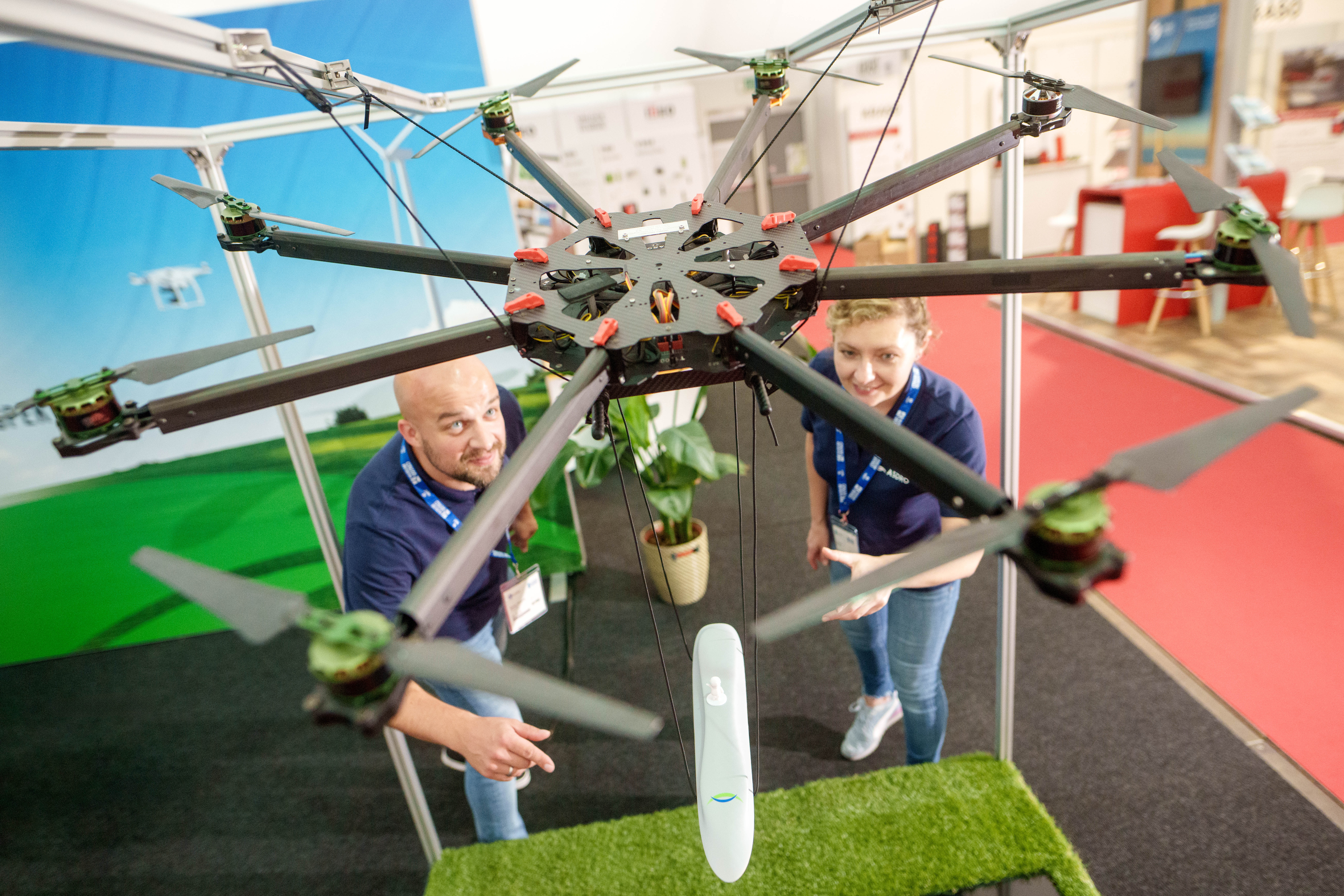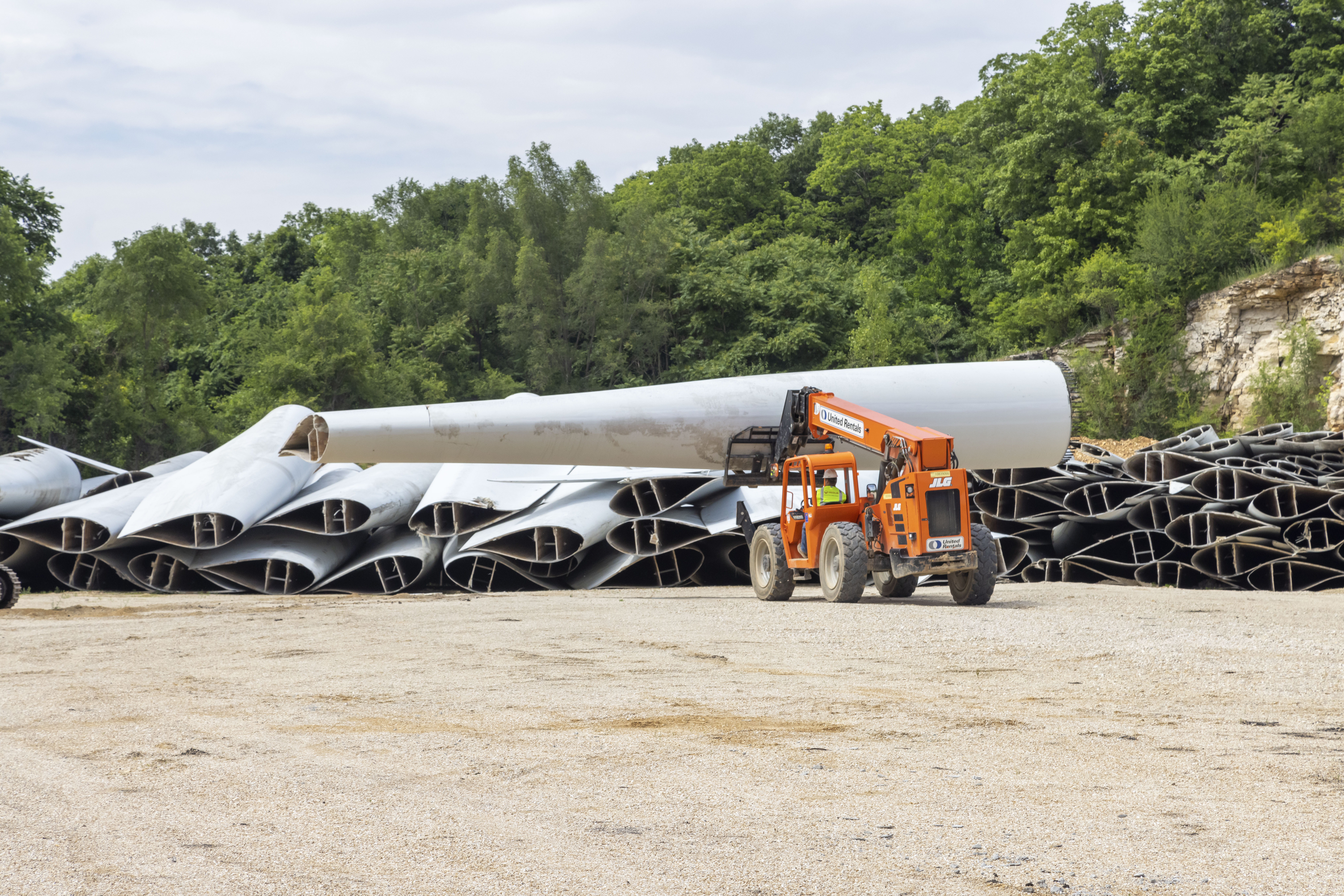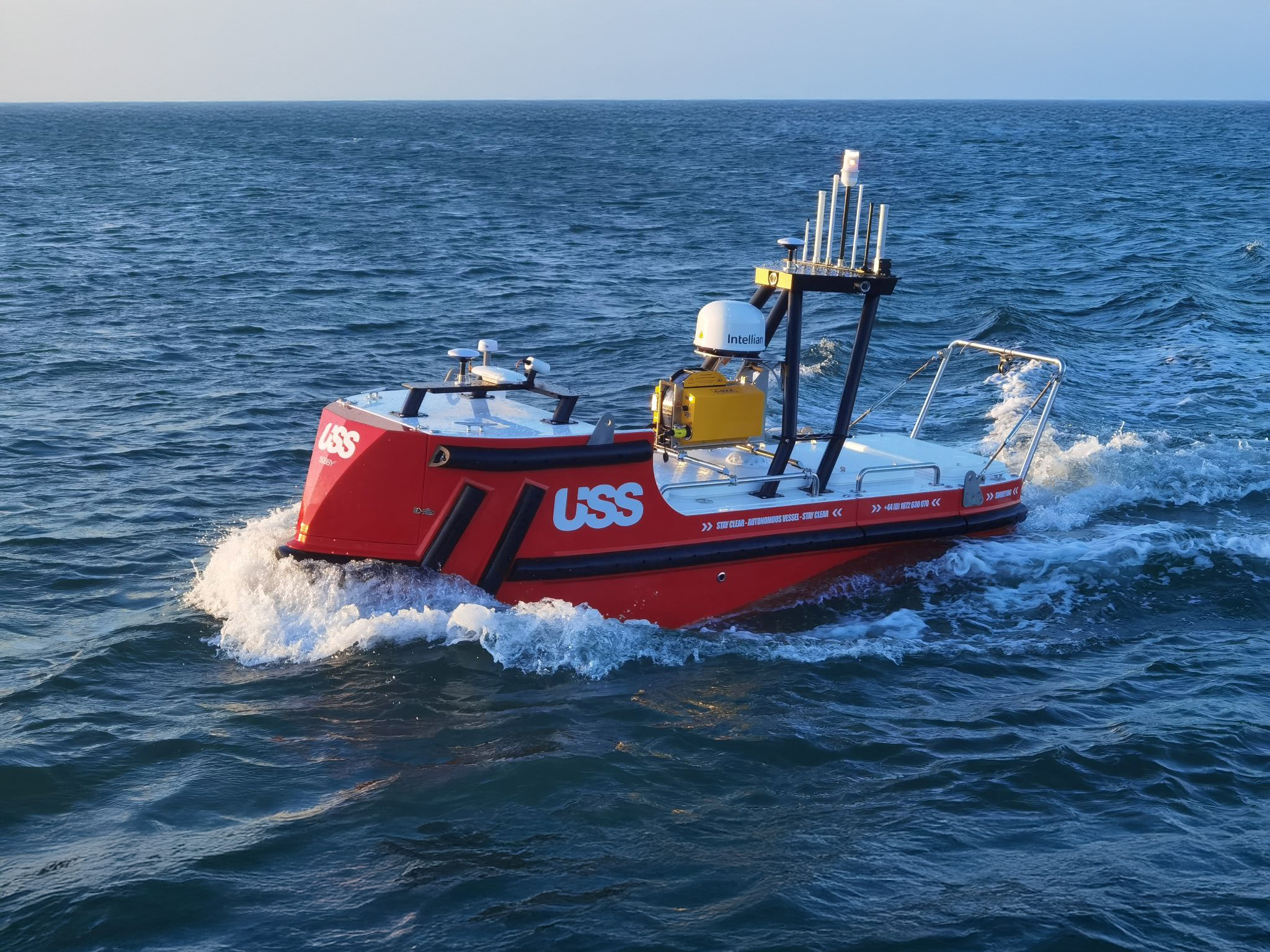Exclusive Articles
Supporting the shift: ensuring ROV buoyancy keeps pace with offshore renewables expansion
Published in: Wind, Talking Point, Exclusive Articles
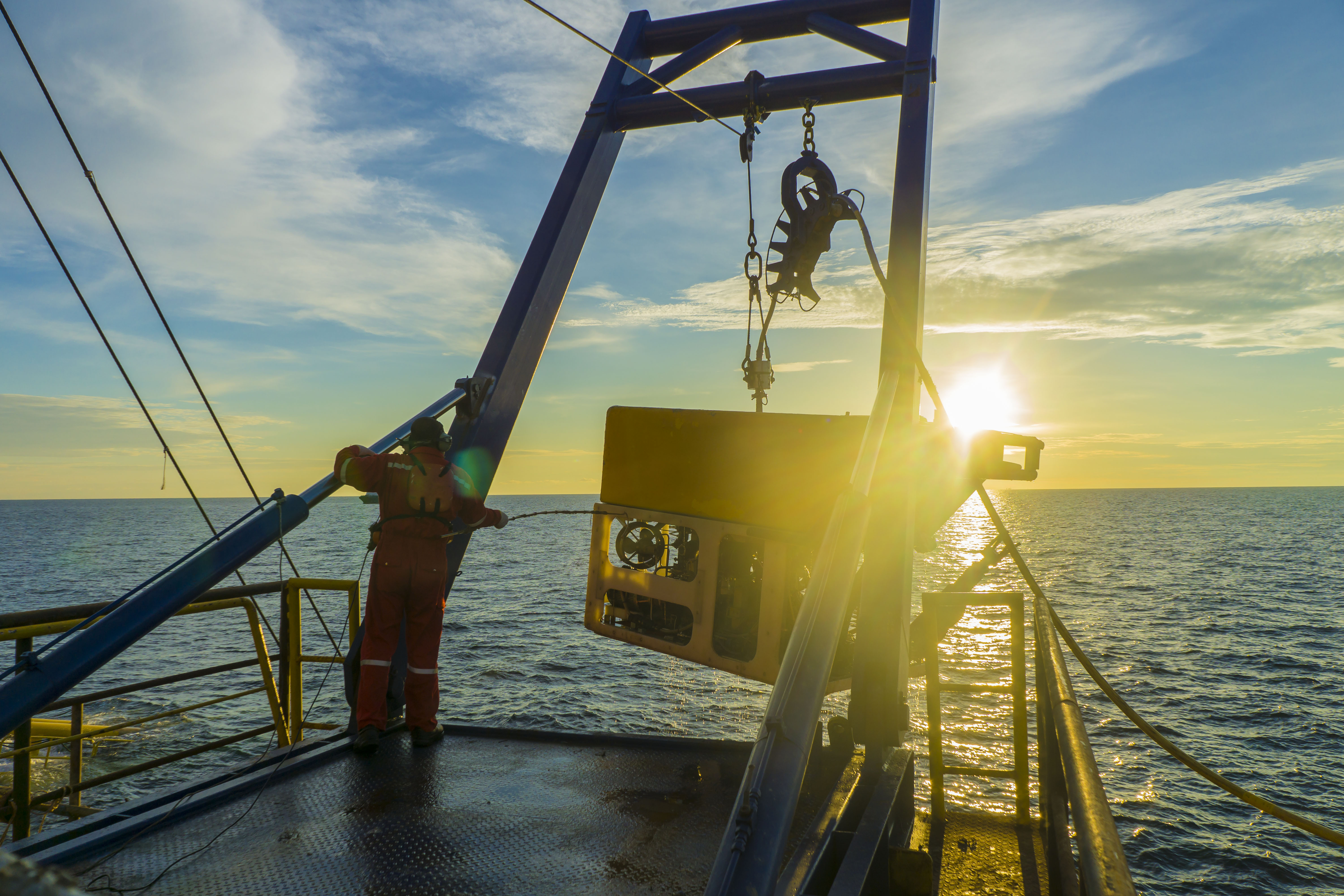
As the global energy mix tilts toward renewables, offshore wind is becoming central to sustainable power generation. Behind the turbines and vast offshore arrays lies a largely invisible support network now under strain as demand for subsea equipment, especially remotely operated vehicles (ROVs), outpaces supply.
ROVs, vital for installation, inspection, maintenance and repair of offshore wind assets, are in short supply. Many originally built for oil and gas are being repurposed, offering short-term relief but not a lasting answer. The scale of upcoming offshore wind projects, particularly in deeper waters, is widening the availability gap and driving both refurbishment and new-build programmes.
As new ROVs enter service and older ones are upgraded or retired, attention must focus on mission-critical components, including buoyancy modules. These ensure stability and performance at depth, allowing ROVs to work efficiently, safely and reliably.
Driving demand: renewables, deeper waters and electrification
Several trends are reshaping subsea operations. Alongside rapid offshore wind growth, including floating wind in deeper waters, oil and gas operators are expanding, revisiting brownfield sites and moving into depths once considered unviable.
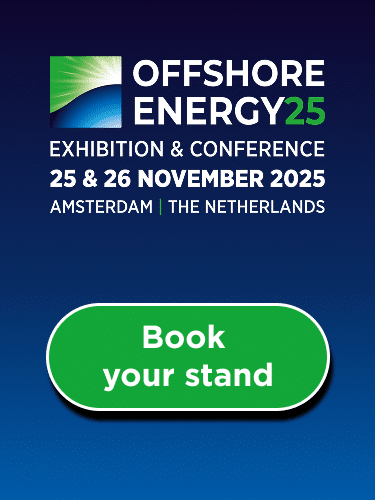
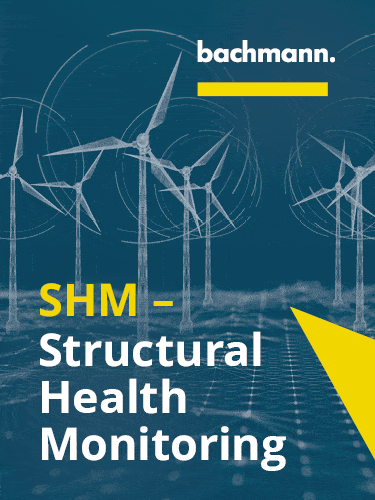
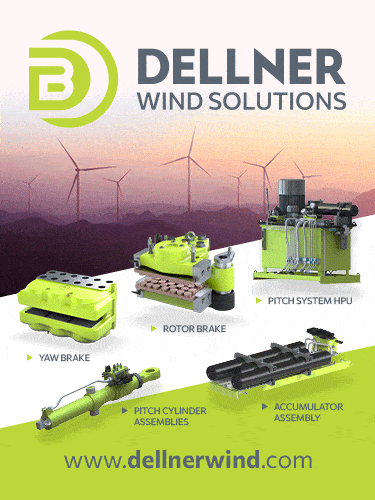

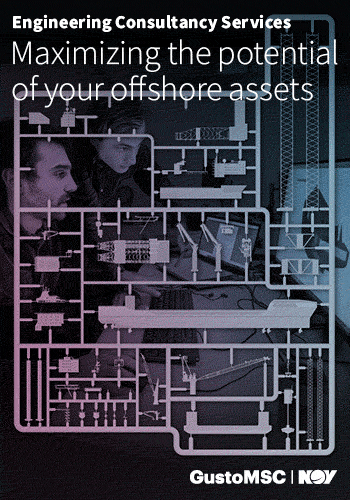

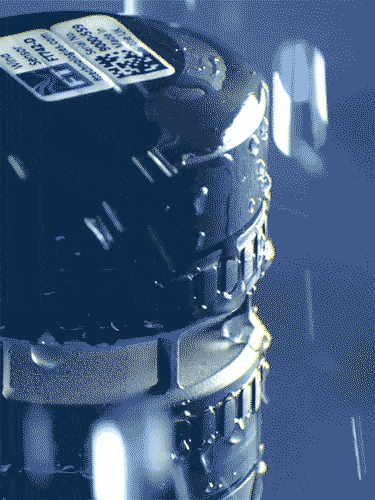

.gif)
